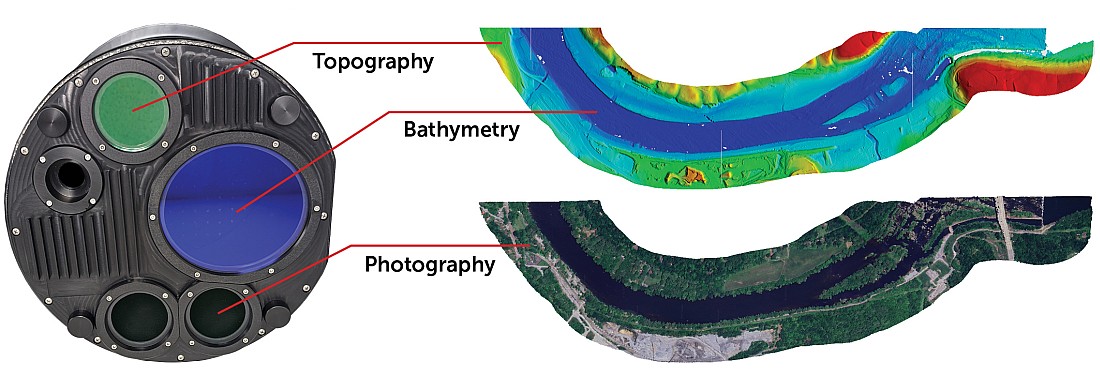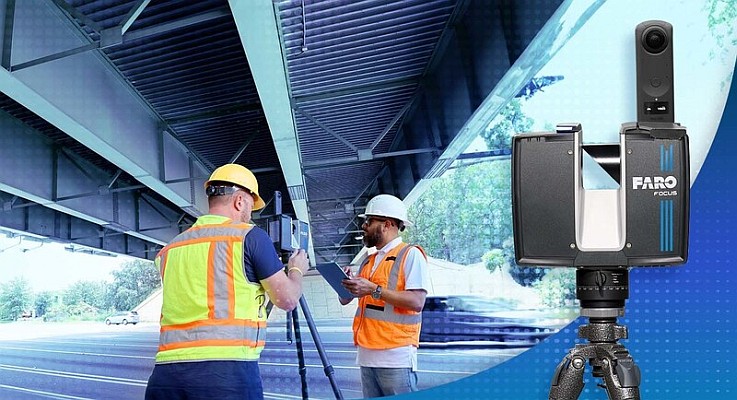 Lidar technology is being employed to reveal the hidden archaeology of a Bronze-Age hill settlement in Lancashire, England. Visually, the archaeological features are very difficult to see, but the Bluesky laser survey, commissioned by the Morecambe Bay Partnership, is expected to reveal previously undiscovered details of the settlement at Warton Crag. Identified as an important ‘Heritage at Risk’ site, the site has already been subject to low level archaeological investigations, which have identified remains from a small, well defended hill fort.
Lidar technology is being employed to reveal the hidden archaeology of a Bronze-Age hill settlement in Lancashire, England. Visually, the archaeological features are very difficult to see, but the Bluesky laser survey, commissioned by the Morecambe Bay Partnership, is expected to reveal previously undiscovered details of the settlement at Warton Crag. Identified as an important ‘Heritage at Risk’ site, the site has already been subject to low level archaeological investigations, which have identified remains from a small, well defended hill fort.
Louise Martin, H2H cultural heritage officer at the Morecambe Bay Partnership, commented it is imperative that they get a better definition of the archaeological remains that are currently ‘hidden’ by the dense vegetation cover. This will enable them to develop conservation strategies for the site and work towards reducing the risk to the archaeological remains. The site is currently on Historic England’s ‘at risk’ register, so this work is crucial in developing partnerships and strategies to protect the monument for future generations, she further explained.
Canopy
Morecambe Bay Partnership commissioned the Bluesky laser survey as part of the Heritage Lottery Funded Headlands to Headspace initiative, which is designed to improve the understanding of Morecambe Bay’s natural and cultural heritage and help conserve that heritage for future generations. The Bluesky Lidar system uses lasers to accurately measure the earth’s terrain and record features on the ground in 3D. The dedicated survey plane is also equipped with aerial photography equipment, and will fly over the site during the winter months when the tree and canopy cover is at its minimum.
Millions of measurements
Working with Bluesky, utilising their state of the art Lidar system and proven experience in this field, Morecambe Bay Partnership hopes to reveal previously undiscovered details, said Martin. The laser equipment provides a fast and cost effective method of capturing highly accurate measurements of the entire site and its surroundings with minimum impact on a nationally important wildlife conservation site, a Site of Special Scientific Interest, in an Area of Outstanding Natural Beauty.
Bluesky will process the millions of individual laser measurements to create detailed 3D computer models of the earth’s relief – a Digital Terrain Model (DTM) and ground surface including buildings and vegetation – a Digital Surface Model (DSM). The 25cm resolution models created by Bluesky are compatible with all leading CAD packages and GIS, allowing Morecambe Bay Partnership to understand the 3D data in the context of existing mapping, model different scenarios and strategies and share information with project partners.
Source: GIM International






